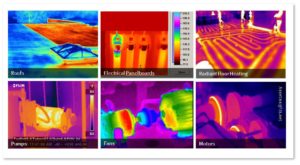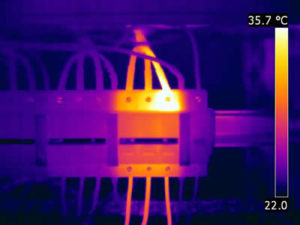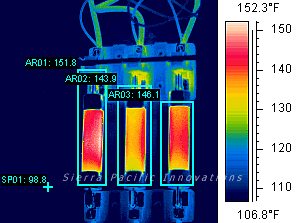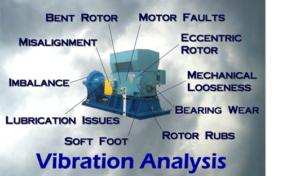What is the goal of Predictive maintenance (PdM)?
The primary goal of maintenance is to avoid or mitigate the consequences of failure of equipment. This may be by preventing the failure before it actually occurs which Planned Maintenance and Condition Based Maintenance help to achieve. It is designed to preserve and restore equipment reliability by replacing worn components before they actually fail. Preventive maintenance activities include partial or complete overhauls at specified periods, oil changes, lubrication, minor adjustments, and so on. In addition, workers can record equipment deterioration so they know to replace or repair worn parts before they cause system failure. The ideal preventive maintenance program would prevent all equipment failure before it occurs.
Preventative maintenance for various equipment and facilities is quite nuanced. For instance, maintaining certain equipment may include a "preventative maintenance checklist" which includes small checks which can significantly extend service life. Furthermore, other considerations such as weather and equipment are taken into account; for instance, in the case of HVAC systems, maintenance is often performed before the hottest time of the year.
To evaluate equipment condition, predictive maintenance utilizes nondestructive testing technologies such as infrared, acoustic (partial discharge and airborne ultrasonic), corona detection, vibration analysis, sound level measurements, oil analysis, and other specific online tests. A new approach in this area is to utilize measurements on the actual equipment in combination with measurement of process performance, measured by other devices, to trigger equipment maintenance. This is primarily available in collaborative process automation systems (CPAS). Site measurements are often supported by wireless sensor networks to reduce the wiring cost.



What is the goal of Preventive maintenance?
The primary goal of maintenance is to avoid or mitigate the consequences of failure of equipment.  This may be by preventing the failure before it actually occurs which Planned Maintenance and Condition Based Maintenance help to achieve. It is designed to preserve and restore equipment reliability by replacing worn components before they actually fail. Preventive maintenance activities include partial or complete overhauls at specified periods, oil changes, lubrication, minor adjustments, and so on. In addition, workers can record equipment deterioration so they know to replace or repair worn parts before they cause system failure. The ideal preventive maintenance program would prevent all equipment failure before it occurs.
This may be by preventing the failure before it actually occurs which Planned Maintenance and Condition Based Maintenance help to achieve. It is designed to preserve and restore equipment reliability by replacing worn components before they actually fail. Preventive maintenance activities include partial or complete overhauls at specified periods, oil changes, lubrication, minor adjustments, and so on. In addition, workers can record equipment deterioration so they know to replace or repair worn parts before they cause system failure. The ideal preventive maintenance program would prevent all equipment failure before it occurs.
Preventative maintenance for various equipment and facilities is quite nuanced. For instance,  maintaining certain equipment may include a "preventative maintenance checklist" which includes small checks which can significantly extend service life. Furthermore, other considerations such as weather and equipment are taken into account; for instance, in the case of HVAC systems, maintenance is often performed before the hottest time of the year.
maintaining certain equipment may include a "preventative maintenance checklist" which includes small checks which can significantly extend service life. Furthermore, other considerations such as weather and equipment are taken into account; for instance, in the case of HVAC systems, maintenance is often performed before the hottest time of the year.
There is a controversy of sorts regarding the propriety of the usage "preventative".
